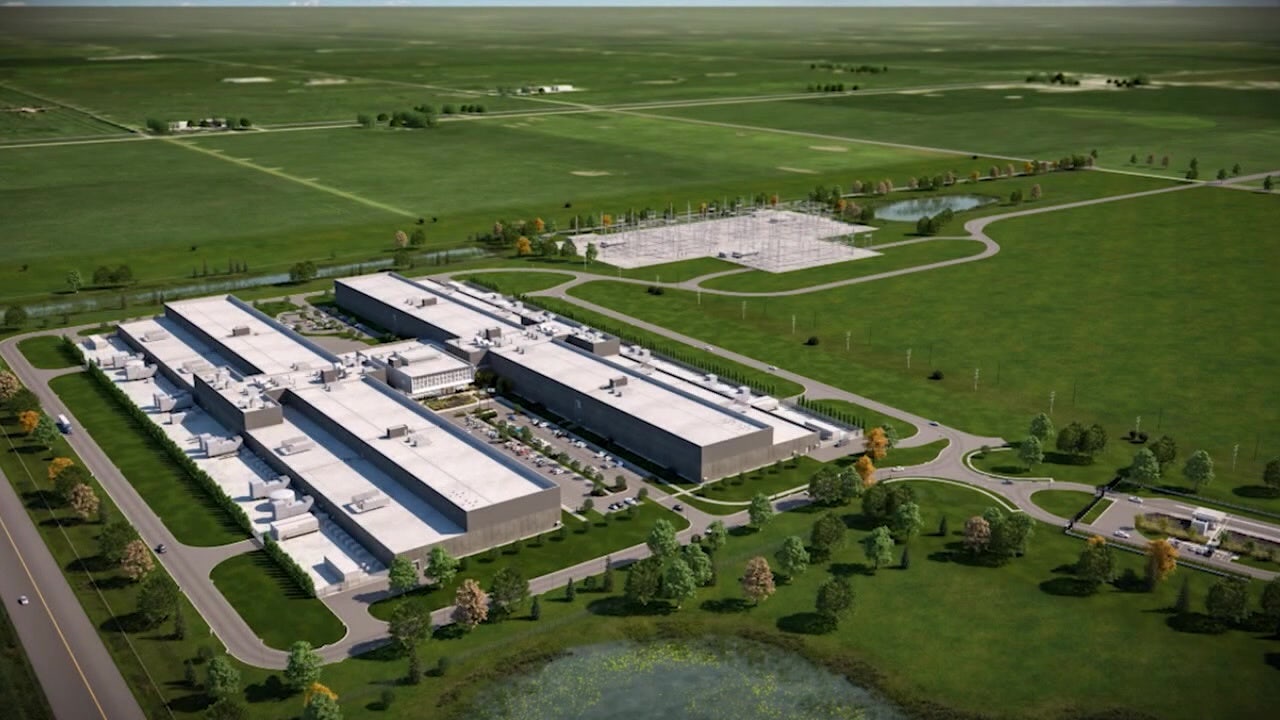Green Gridlock: Inside California's Regulatory Maze and the Political Paralysis Blocking Reform

The California Environmental Quality Act (CEQA), once intended as a progressive tool for environmental protection, has morphed into a powerful weapon that systematically obstructs critical infrastructure and housing development across the state. What was originally designed to safeguard California's natural resources has increasingly become a legal mechanism for blocking essential projects that could improve quality of life and address urgent societal needs.
From housing developments to renewable energy initiatives, transportation infrastructure to public transit expansions, CEQA has been strategically employed by opponents to delay, derail, or completely halt projects through complex legal challenges. Nimble interest groups and local opponents can leverage the act's intricate environmental review processes to create significant bureaucratic hurdles, effectively weaponizing environmental regulations against progress.
The unintended consequences are stark: California continues to struggle with a severe housing shortage, faces challenges in developing clean energy infrastructure, and sees transportation projects mired in years of litigation. What should be a balanced approach to environmental stewardship has instead become a blunt instrument that often prevents meaningful community improvements and sustainable development.
As the state grapples with pressing issues like housing affordability, climate change mitigation, and infrastructure modernization, the misuse of CEQA represents a critical obstacle to meaningful progress. Reform is not just desirable—it has become absolutely necessary to break the gridlock and enable California to address its most fundamental challenges.








